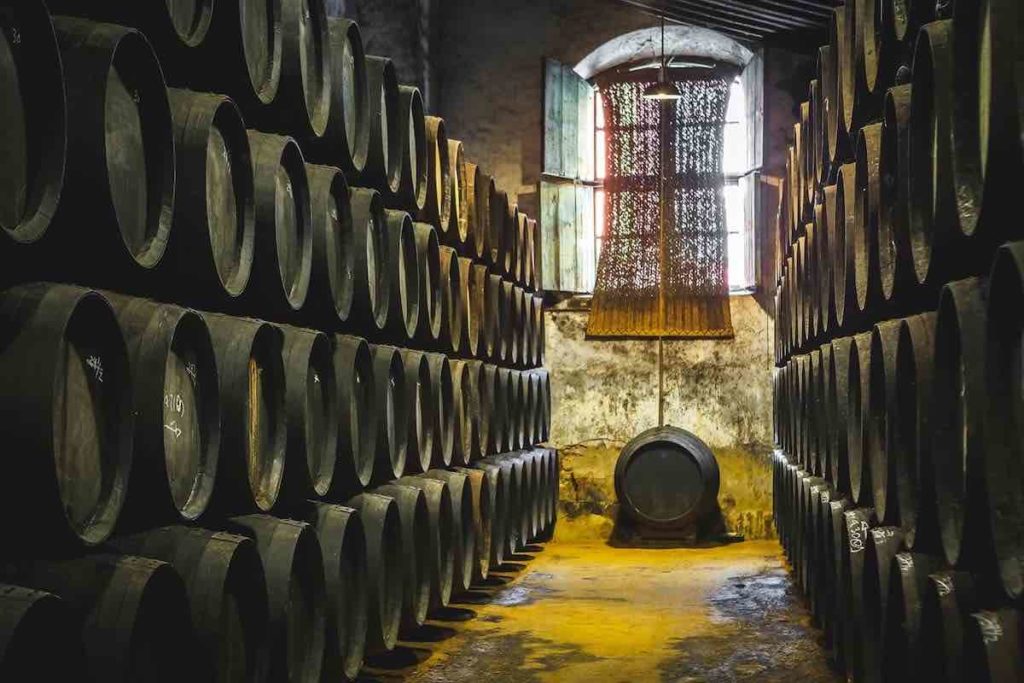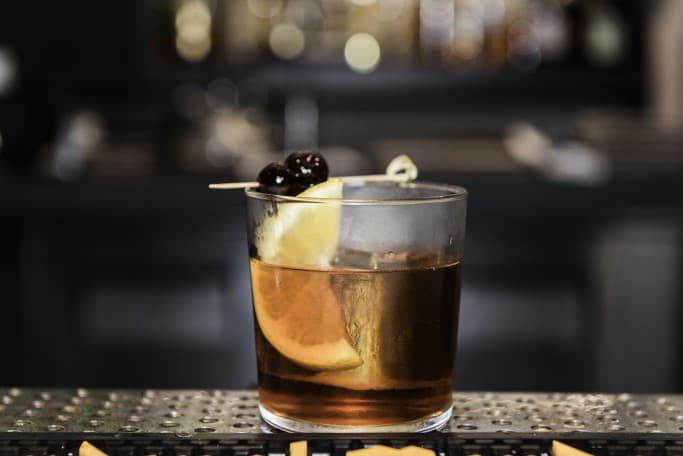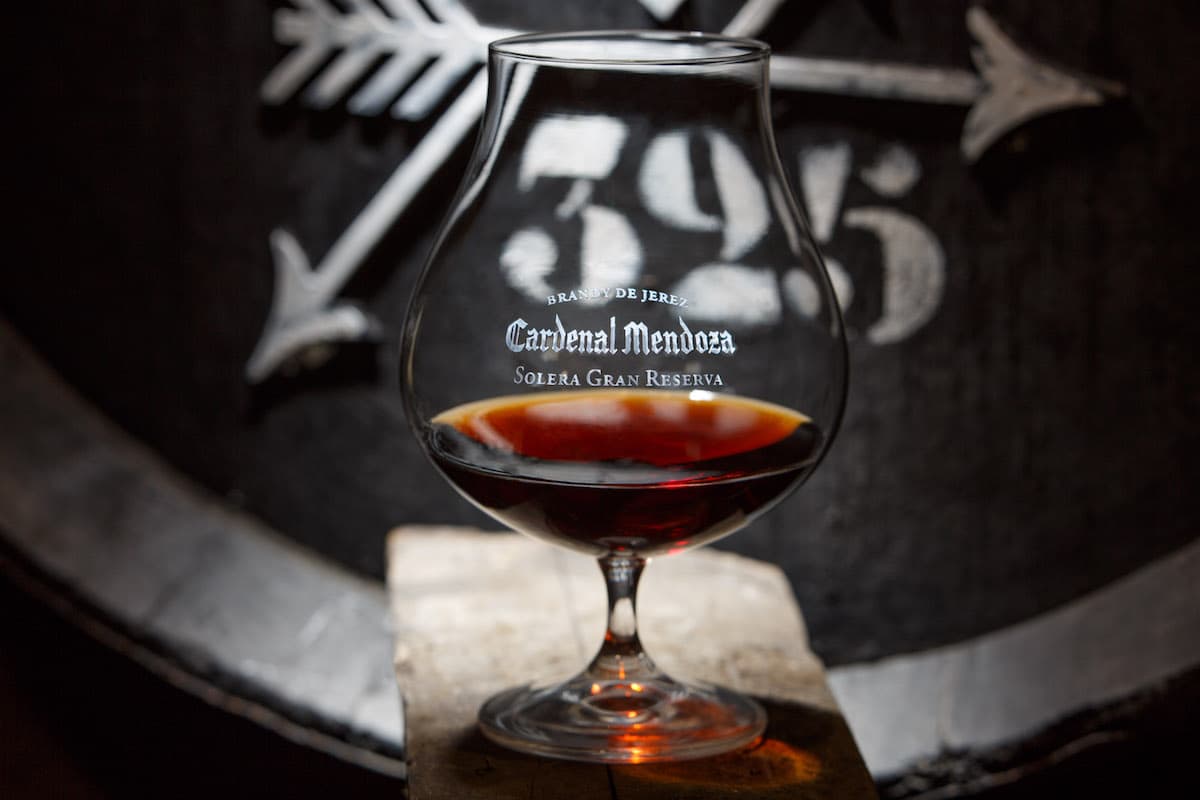Brandy de Jerez, or “sherry brandy,” is a type of brandy that is made in Jerez, Spain and aged in the solera style in ex-sherry casks. It enjoys Protected Designation of Origin status in the E.U. and is certified by Spain’s Brandy de Jerez Regulatory Council, whose logo appears on every authentic bottling. Around 20 bodegas currently produce Brandy de Jerez according to the council’s guidelines.
It’s an old genre. One of the preeminent labels, Cardenal Mendoza, was introduced in 1887. Borja Leal, who serves as Cardenal Mendoza’s International Area Manager, says that Brandy de Jerez is widely consumed in Spain and has been exported since the mid-20th century. Cardenal Mendoza itself has been available in the United States for more than 70 years and is today sold in 60 countries.
While the category remains somewhat obscure in the United States, Leal says it is growing and has increasingly garnered interest from bartenders, who have begun to employ it in classic cocktails.
Brandy de Jerez Basics
Brandy de Jerez starts as plain-old brandy, typically distilled from the airén or palomino grape, the latter of which is common in sherry production. After distillation, the brandy is aged in American oak butts (a type of cask) that have previously held one of the varieties of sherry—to recap, that would mean a fino, manzanilla, oloroso, amontillado, or Pedro Ximénez—for at least three years.

The cask itself is just part of the equation. What’s equally important is how the brandy is aged. In the case of Brandy de Jerez the spirit is matured in the solera method, meaning that casks are never fully emptied but rather continuously topped off so that each cask holds a scale of different ages, with the average age increasing as time goes by. It’s also the solera aging process that determines the different varieties of Brandy de Jerez.
Types of Brandy de Jerez
There are three categories of Brandy de Jerez:
- Brandy de Jerez Solera is the youngest, which is aged for a minimum of six months and consequently has a fruitier character.
- Brandy de Jerez Solera Reserva is the middle-ground, aged for a minimum of one year.
- Brandy de Jerez Solera Gran Reserva is the oldest of the bunch, aged for a minimum of three years. However, many brands far exceed this minimum: Cardenal Mendoza’s Solera Gran Reserva is aged for 15 years.
How to Drink Brandy de Jerez

As it pre-dates cocktail culture, Brandy de Jerez is traditionally and most typically consumed neat. Leal recommends first-time imbibers to sample the product as-is, “so they can enjoy the elegant and well-rounded nuances with a hit of sherry, which seasoned the barrels used to aged Cardenal Mendoza. They will discover it’s warming with a smooth sensation and a very long finish.”
After that introduction, Leal advocates for trying Brandy de Jerez in place of whiskey in a classic cocktail, such as an Old-Fashioned. His own brand has created the Cardenal Old Fashioned, which matches two ounces of Cardenal Mendoza to quarter-ounces each of simple syrup and Cardenal Mendoza Angelus—a liqueur made by macerating Brandy de Jerez with Seville oranges, lemons, cardamom and clove—plus three dashes of Angostura bitters.



